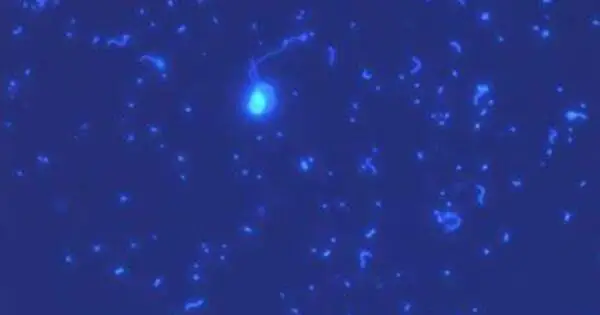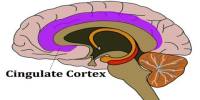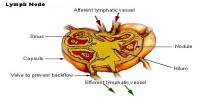Bacterioplankton is a varied bacterial community that lives in the water column of oceans, lakes, and other aquatic settings. It is the bacterial component of plankton that drifts through the water column. They play an important role in aquatic environments, helping with nutrient cycling, carbon fixation, and organic matter decomposition.
Bacterioplankton are essential for maintaining water quality and supporting higher trophic levels in aquatic food webs. The name comes from the Ancient Greek word πλανκτος (planktos), meaning “wanderer” or “drifter”, and bacterium, a Latin term coined in the 19th century by Christian Gottfried Ehrenberg. They are found in both seawater and freshwater.
Bacterioplankton live in a variety of biological niches in marine and aquatic habitats. They are both primary producers and primary consumers in these ecosystems, driving global biogeochemical cycling of life-sustaining components (such as carbon and nitrogen). Many bacterioplankton species are autotrophic, obtaining energy by photosynthesis or chemosynthesis.
These microorganisms differ greatly in size, morphology, metabolism, and ecological role. Some bacterioplankton are autotrophic, able to synthesize their own organic carbon via photosynthesis or chemosynthesis, whilst others are heterotrophic, requiring organic materials as a carbon source. Bacterioplankton engage in a variety of interactions with different organisms, including symbiotic relationships with phytoplankton and zooplankton.
Picophytoplankton, or photosynthetic bacterioplankton, includes significant cyanobacterial groupings such as Prochlorococcus and Synechococcus. Other heterotrophic bacterioplankton are saprotrophic, obtaining energy from the organic material produced by other organisms. This material can be dissolved in the media and extracted straight from it, or bacteria can live and develop in conjunction with particulate matter like marine snow. Bacterioplankton have important roles in global nitrogen fixation, nitrification, denitrification, remineralization, and methanogenesis.
Bacterioplankton diversity and activity studies are critical for understanding how aquatic ecosystems work and how environmental changes such as nutrient pollution, climate change, and ocean acidification influence them. Advanced molecular approaches, such as metagenomics and metatranscriptomics, have substantially improved our understanding of bacterioplankton communities and their ecological roles in both marine and freshwater environments.
















